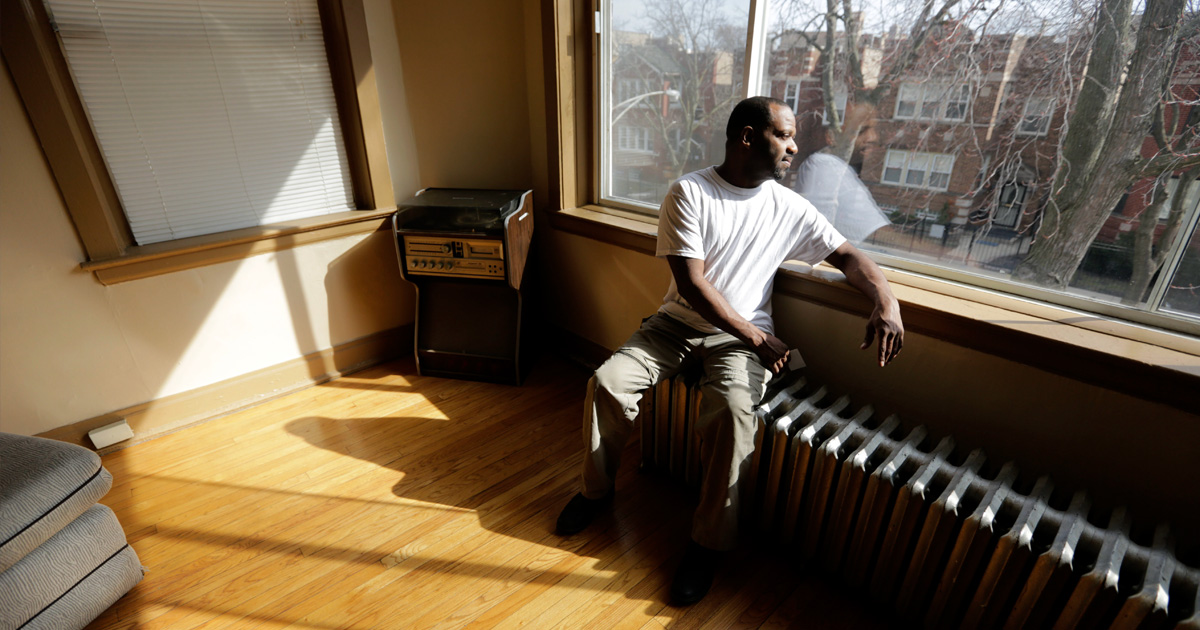Earl J. Edwards, Homeless Policy Researcher and Founder of EverExcel Consulting LLC
Reba A. Stevens, Homelessness Policy Advocate in Los Angeles County, California
The article explores how colorblind homeless policies (e.g. policies that ignore racial inequities, that fail to address historic and systemic racism under the guise of equality), date back to the Stewart B. McKinney-Vento Homeless Assistance Act of 1987. These policies omitted the root causes of Black housing instability, thereby proving ineffective at mitigating Black homelessness. As a result, Black Americans remain disproportionately impacted today. In addition to being neglected by such policies, Black men and women experiencing homelessness are more likely to be discriminated against than any other racial group.
The article also questions the feasibility of utilizing colorblind policies to mitigate and end Black homelessness. In this article, my colleague Reba Stevens and I discuss three strategies that Continuums of Care (CoCs), service organizations, and governments can utilize to break away from colorblind approaches to addressing homelessness. This blog post will delve into these strategies, and how providers can integrate them to further racial equity practices among the homelessness field and its policies.
Use Targeted Universalism as a Policy Framework
An alternate approach to addressing homelessness is acknowledging the complex role that race plays in housing displacement, and designing a targeted universal approach to addressing the problem. Unlike race-neutral universal methods, a targeted universal approach considers the impact of racism when addressing an aggregate problem (such as homelessness) and makes specific goals based on the needs of different subpopulations.
We already use targeted approaches to address issues of homelessness (e.g., youth homelessness, family homelessness, and veteran homelessness); however, our strategies do not acknowledge the various ways that race and racism interact within targeted subpopulations. The Los Angeles Homeless Service Authority (LAHSA) has started the work of using targeting universalism as a policy framework with their 2018 Report on Black People Experiencing Homelessness. The report identifies root issues that are causing Black people to become homelessness in Los Angeles and provides 67 recommendations to address Black homelessness in the region. While LAHSA’s report is strong, time will tell if the county fully commits to the report’s extensive recommendations. All agencies and organizations should take a targeted universal approach to address homelessness, and lead government agencies must follow through with the process of actualizing those recommendations. Doing so would help to achieve concrete goals in remedying racial disparities in homelessness.
Centering Black People with Lived Experience
In Los Angeles County, Black men alone make up 22% of the homeless population in the county, despite only representing 4% of the county’s general population. However, despite being one of the largest homeless populations, Black men (let alone Black men with lived experience of homeless) are rarely in leadership positions in organizations and agencies dedicated to addressing homelessness. Such trends exist in LA County and most cities and counties across the U.S.
Reba and I personally know several organizations that have completed racial equity plans that included hiring Black staff. However, a half-decade later, they lament their inability to attract “qualified” Black men to hire for leadership positions. The problem is not a lack of qualified candidates, but instead that organizations expect to suddenly find qualified Black male leaders rather than actively recruiting, developing, and building an environment that cultivates Black male leadership. Our colleague, Dr. Va Lecia Adams Kellum of Saint Joseph Center, provides an excellent blog on tips to overhaul hiring and retention processes to recruit and develop more leaders of color.
If we are to truly integrate racial equity into our work to end homelessness, we must center those who are most impacted – and we can start with the leadership of Black men, especially those who have experienced homelessness.
Tethering Employment, Housing, and Education
CoCs and non-profit organizations must tether employment, housing, and education initiatives together to decrease the odds of Black people returning to homelessness. While helping individuals get housed is paramount, receiving relevant job training, access to funding for school, and a pipeline into a career are all subsequent needs that often go unaddressed. A recent study by California Policy Lab found that between 2010 and 2019, one in four (25%) Black, single adult residents returned to interim housing or street homelessness after being placed in permanent supportive housing (PSH).
One of the chief reasons Black participants left PSH was the lack of opportunities for growth and independence. As Black residents became more stable and achieved milestones such as long-term sobriety and increased mental health, they found their PSH programs and units inadequate in supporting their continued development. Individuals wanted to reconnect with family, get married, pursue a career, and go back to school; however, their case management goals focused on keeping them housed rather than helping them thrive. Case managers are not to blame for such narrow case management goals; instead, we must call to question and reassess the approach of our permanent supportive housing systems in helping people rebound from homelessness in general. Emphasizing these integrated goals – such as employment and education opportunities – is key to ensuring that Black people are able to thrive in their housing placements.
Modifying Policies: A Starting Point
While the field of homeless services has made considerable strides in acknowledging racial disparities in homelessness, agencies are still using colorblind approaches that do not take all factors into consideration when helping people to stay in housing. As a result, few have yet to execute targeted policies that center the needs of Black people experiencing homelessness. The strategies mentioned above are a starting point toward centering Black people experiencing homelessness, and to help homeless service systems move away from colorblind homeless policies while centering racial equity.

